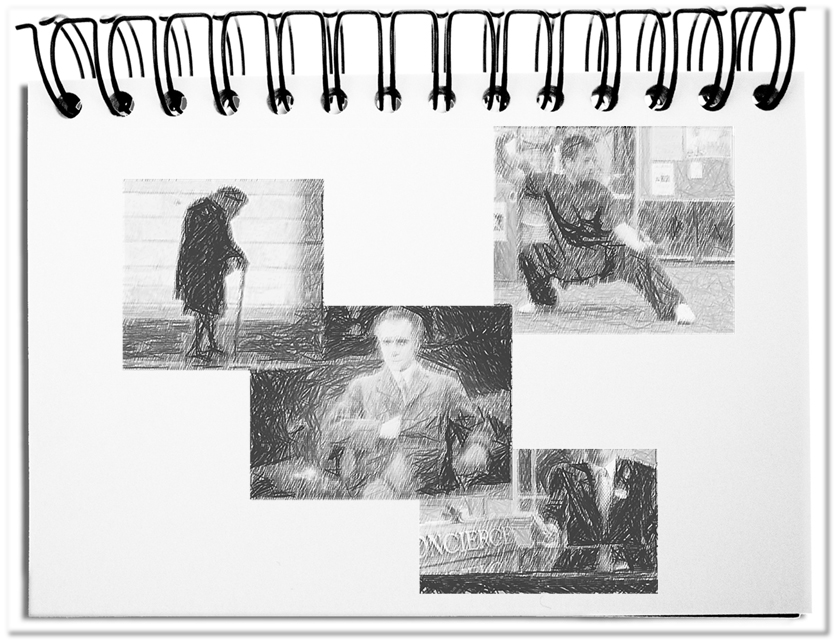With more and more precise watches, we seem to get closer to the phenomenon of time since the sundials of the Egyptians. However, our everyday experience creates the expectation that time is running constantly – at least as long as we don’t climb a mountain or leave Earth with a spaceship. And in addition, our perception also beats us so much. If a lot happens, then we get into the flow and the diverting span from the last look at the watch to the next passes without noticeable duration. On the other hand, if nothing happens, you develop the boring feeling that time stands still. The dynamization of time can be perceived in moving pictures, the film – 24 frames per second provide a smooth flow. Movies are also captured with special cameras that deliver 360 to 25 million frames per second, which allows the stretching of time (slow motion) by playing the movie at normal speed of 24 frames per second. In addition, two basic time cultures have evolved – mono vs. poly.
To understand the differences between Mono and Poly, we’ll look at the following areas.
| Areas | Monochronic | Polychronic |
| Activities | Monochron is determined by a line of events that take place one after the other – one section at a time. Activities follow a schedule. Private and business are stubbornly separated. Appointments are considered as one point in time. Breaks and personal time are stubbornly adhered. |
Polychronic can be seen at parallel events taking place in one time frame – many things happen simultaneously.
Activities are harmonized through personal relationships. Private & business are always interwoven. Appointments are regarded as a vague range. |
| Relationships | Personal relationships are subordinate to schedules. | The current schedule is subordinate to the personal relationships. |
| Structure | Time is considered fixed and stable, clearly distinguished sections are considered separately and time flows linearly. | Time is seen as fluid and variable, sections are overlapping and running again and again. |
| Norms | Monochronic guidelines insist on appointment arrangements, speed and punctuality. | Polychronic rules allow vague appointments, sedateness and unpunctuality. |
| Regions | Monochronic societies are found in:
· Central and Northern Europe · Japan · North America (USA, Canada) |
Polychronic societies are found in:
· Southern Europe (Mediterranean) · Middle East · South America |
Tensions arise when these opposing time feelings meet and have to work together. The completely different expectations cause stress in the other people. Since the individual parties cannot simply switch over, at least those involved should be aware that the conflicts that arise are not malicious, but different, valid approaches.
Bottom line: Mono- and polychronic sense of time determines the rhythm of everyday business life. The resulting incompatibility of time cultures influences activities, relationships, structures and norms in the different regions of the world. The conflicts arise, when appointments are seen as binding or not, or time dominates relationships or vice versa, or when fixed times meet fluid times, or when punctuality meets unpunctuality, if there is a meeting at all. These resulting difficulties are the outcome of the respective education and not an expression of lack of respect. Since one group cannot imagine that the other is ticking differently, it is important to be aware of these differences and to react tolerantly. In the end, the two concepts of time complement each other and can be used to the advantage of the company in certain situations.


